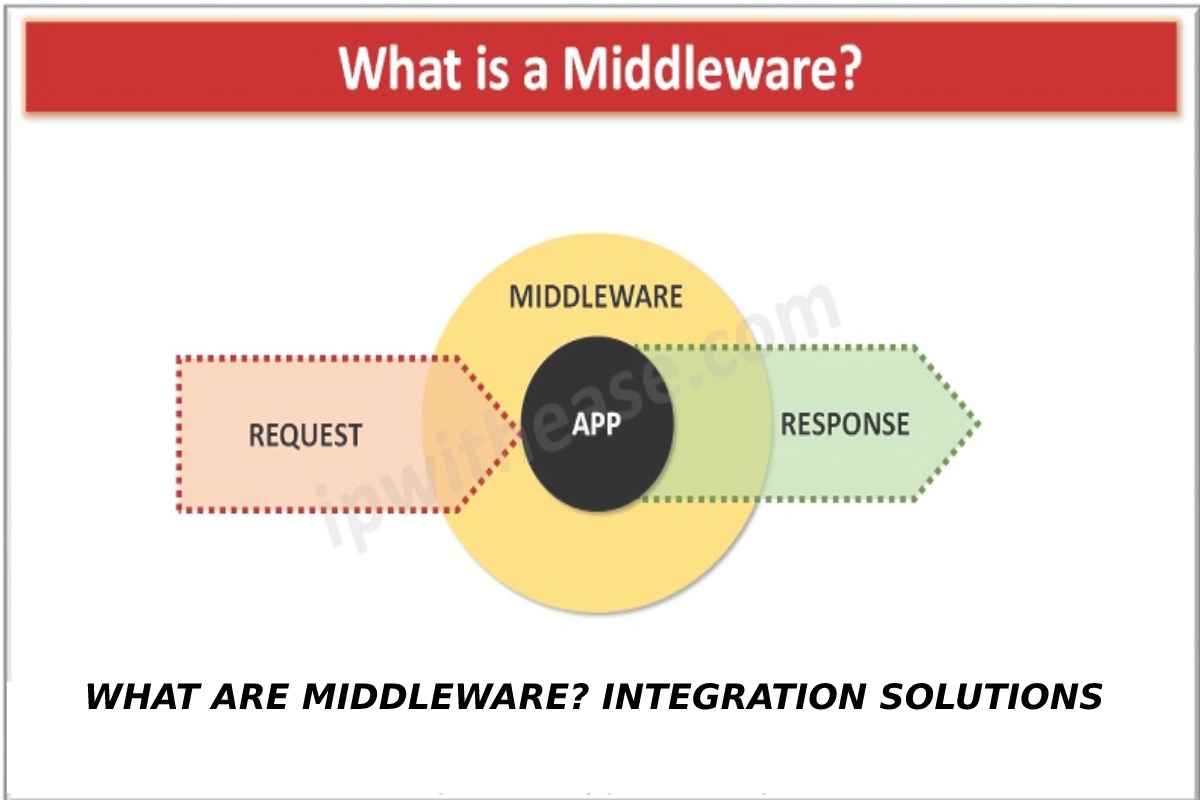Table of Contents
Middleware
Middleware – Companies are managing more and more processes and a greater volume of data depending on their sector and they need the services of a specialized IT consultancy. Digital processing or digitizing is a process of integration of new IT technologies within a company. By changing its organizational model in order to increase efficiency, reduce costs, and deliver greater value to the customer.
Oftentimes, it is common for companies to use different platforms for their applications, databases, and other systems, and of course. By making the integrations between all these systems and applications complex. This makes it necessary to use software that acts as an intermediary and offers connectivity between said systems. The homogenizing calls and integration processes. This is where middleware plays a crucial role.
What is a Middleware?
A middleware is a software system that allows connectivity between platforms in a simple way in order to provide a more unified service to users.
There are several types of middleware grouped into two broad categories. The second of which is the objective of this article:
- Application Middleware: offers services between the operating system and the applications that run on it.
- Integration Middleware: it is more oriented to offer services for communications, integration with applications, monitoring and operations, between different layers within distributed systems. A typical case is to offer services between the application and the database. The architecture of the integration solutions is based on this type of middleware.
Middleware Types
Within the different types of middleware , certain common capabilities can be observed, such as orchestration processes, request routing, flow control, connectors to other endpoints of the same (via HTTP) or of a different nature (JMS queues, FTP, etc.), data mapping transformers (ie XML to JSON) and other components such as access to a data cache.
In this sector with so many technologies, it is not surprising that there are a multitude of middleware software. As well as different architectures to implement:
- A2A (Application to Application)refers to the integration between applications and systems.
- B2B (Business to Business)is based on the external integration of the processes and applications of business partners, customers and suppliers.
- B2C (Business to Consumer)for direct integration of end customers in internal corporate processes, for example, through Internet technologies.
- EAI (Enterprise Application Integration)allows the unrestricted exchange of data and business processes from any application connected mainly through messaging (asynchronous communication).
- ESB (Enterprise Service Bus)communicates the different systems within a business by decoupling client applications from services.
- XTP (Extreme Transaction Processing)that supports the design, development, implementation, management and maintenance of distributed TP applications characterized by exceptionally demanding performance, scalability, availability, security, manageability and reliability requirements.
What Benefits does the use of an Integration Middleware bring us?
The implementation of an integration middleware intercepts the interactions between different systems (applications, databases, files, etc.), acting as a mid-level application server and offering the following benefits:
- Portability and isolation between the platform code of the application itself
- Homogeneous calls from different systems to the middleware layer (SOAP, REST, etc.)
- Development of different Frontend-type layers for different users and clients
- Access to information in real-time between the middleware and the Backend
- Automation of Inter application Request and Response Processes
- Reduction of manual processing time, and use of human resources for tasks other than data entry
- Increased security against possible human errors as a result of repetitive tasks
- Easy evolution of business requirements is guaranteed (new services, modification of existing ones, etc.)

